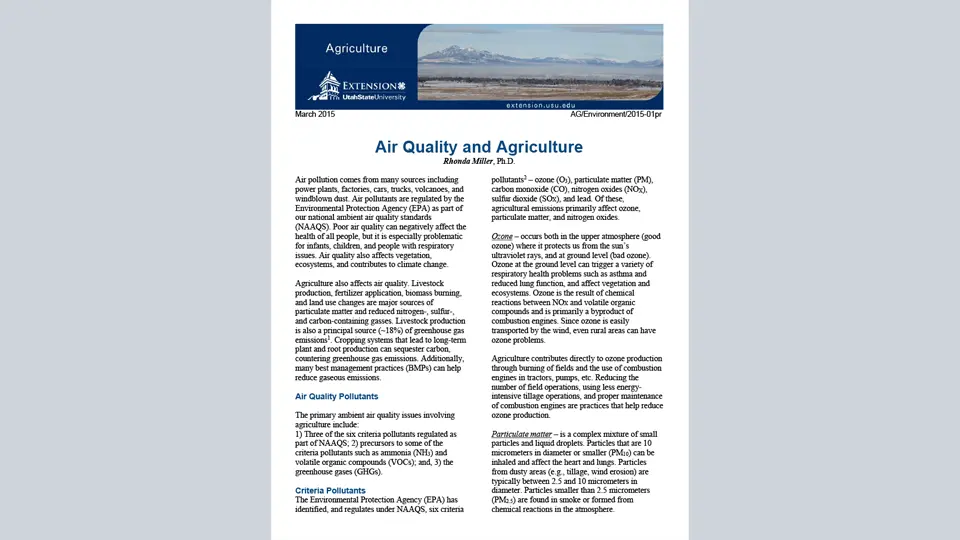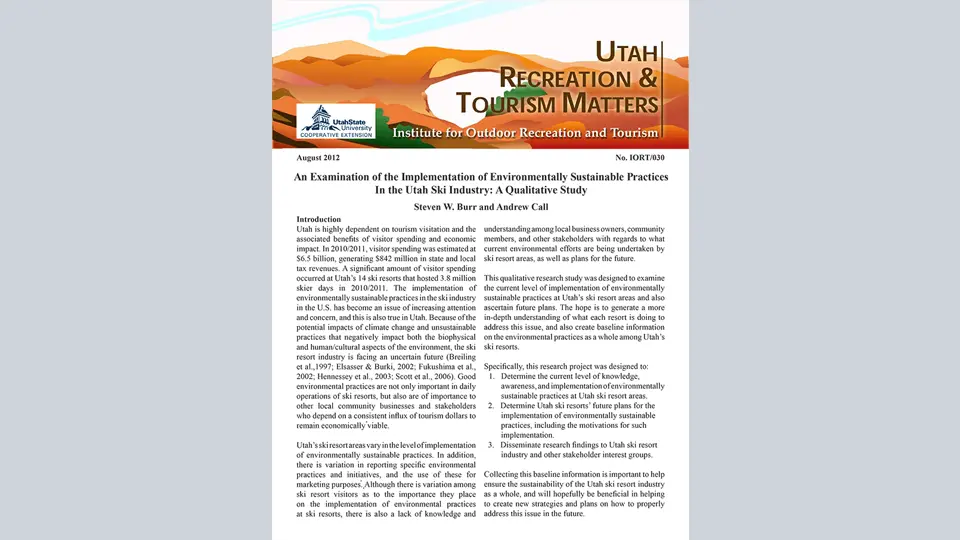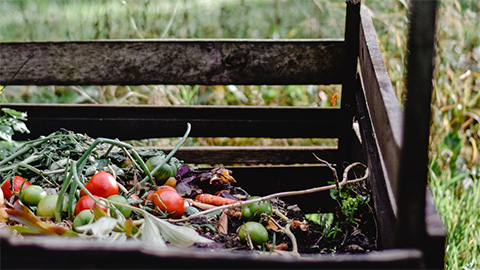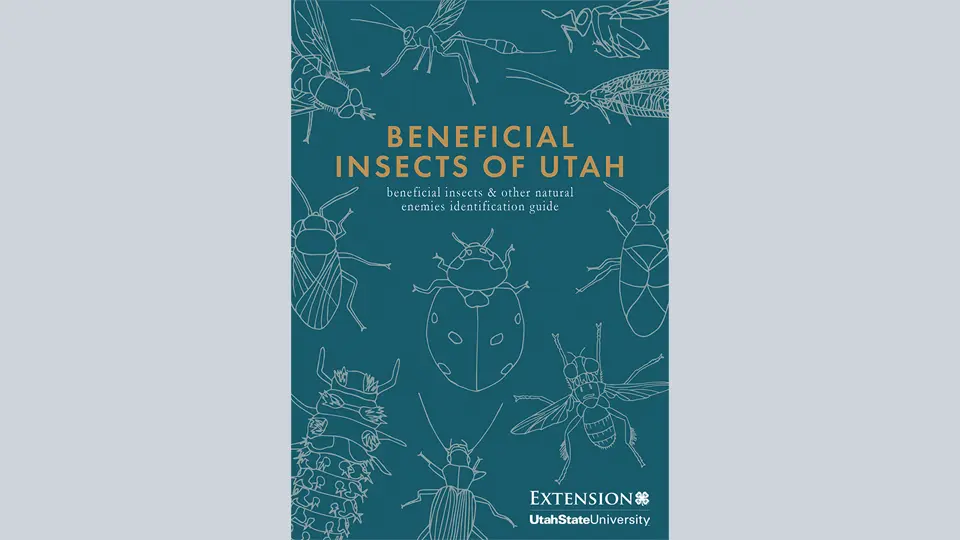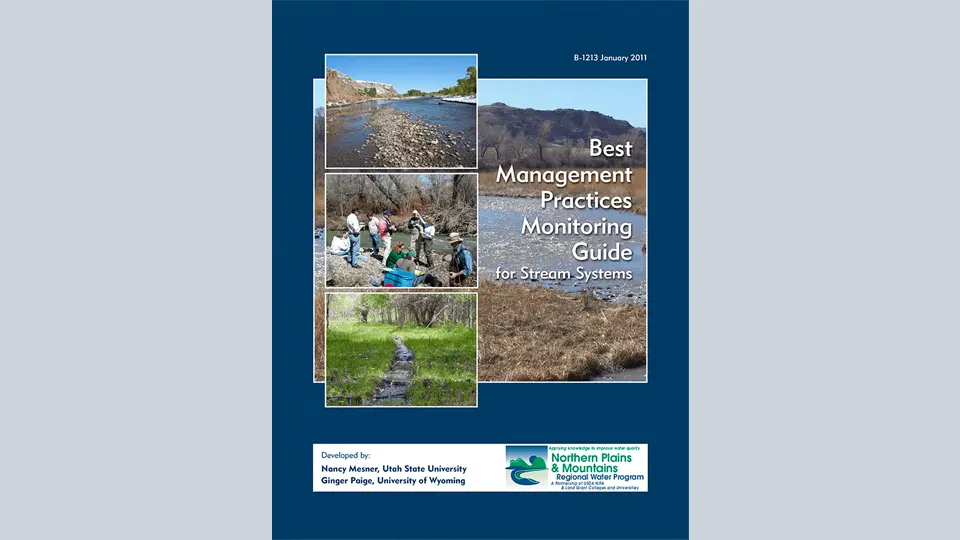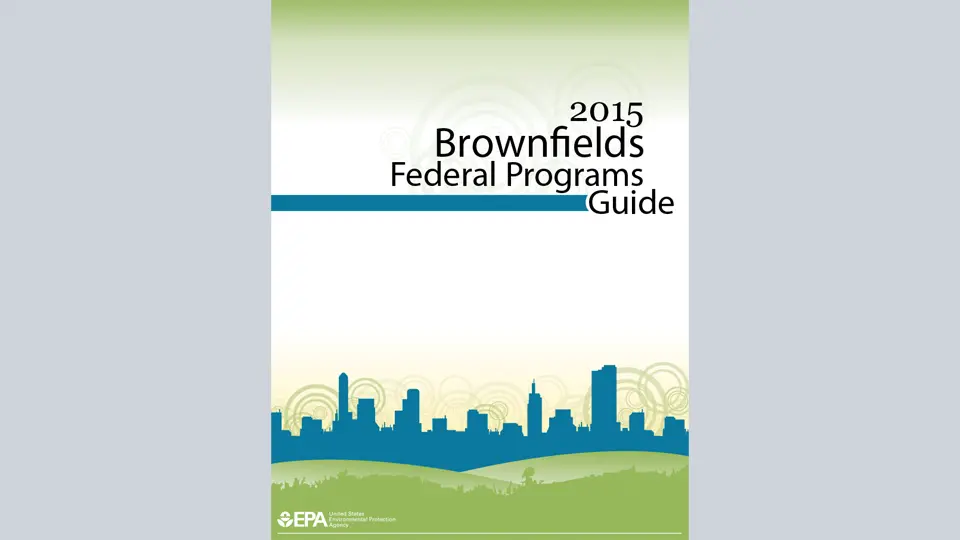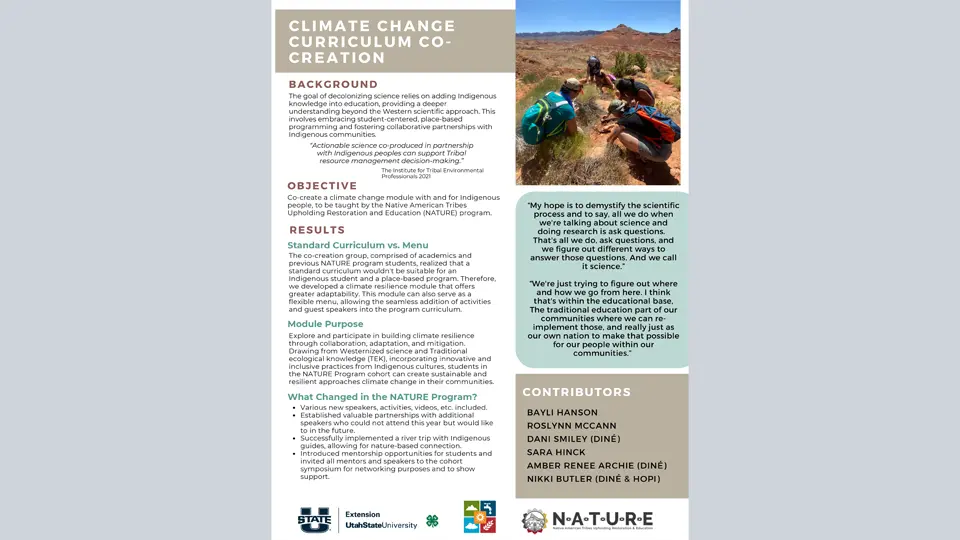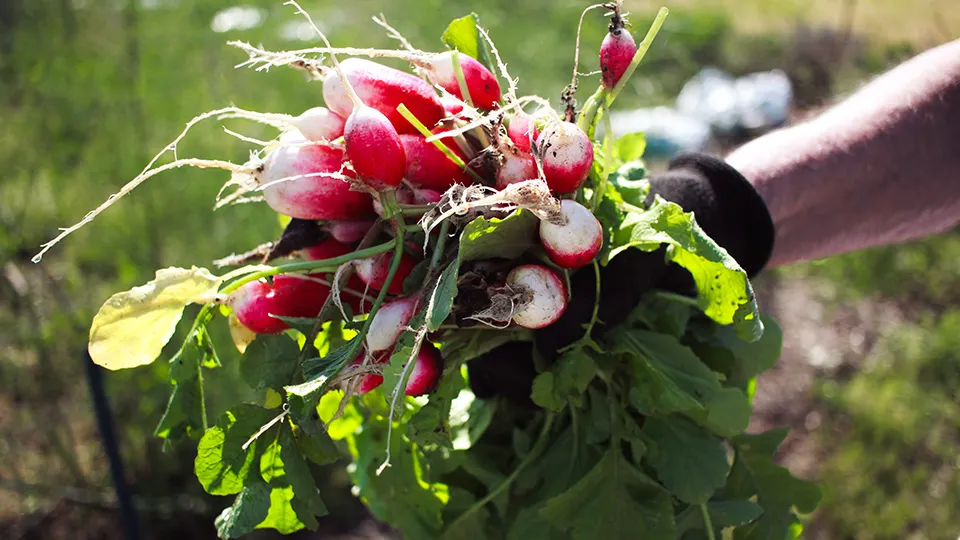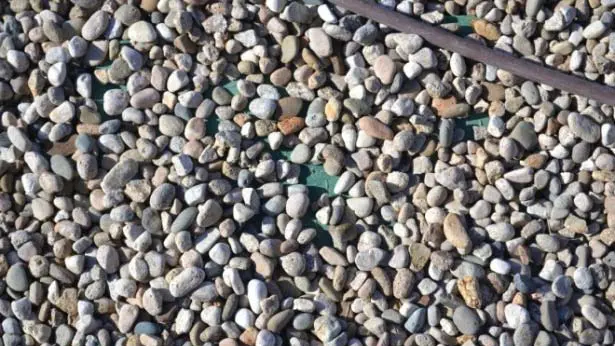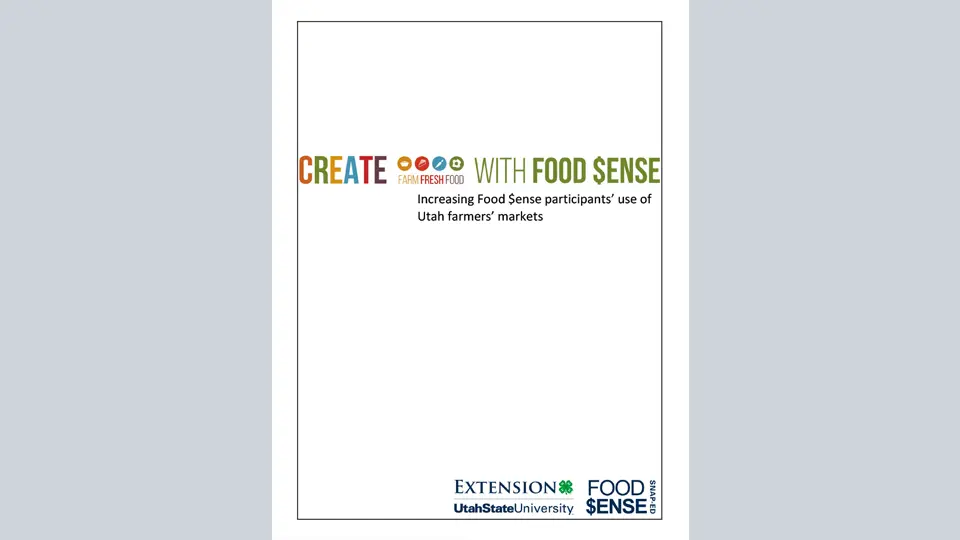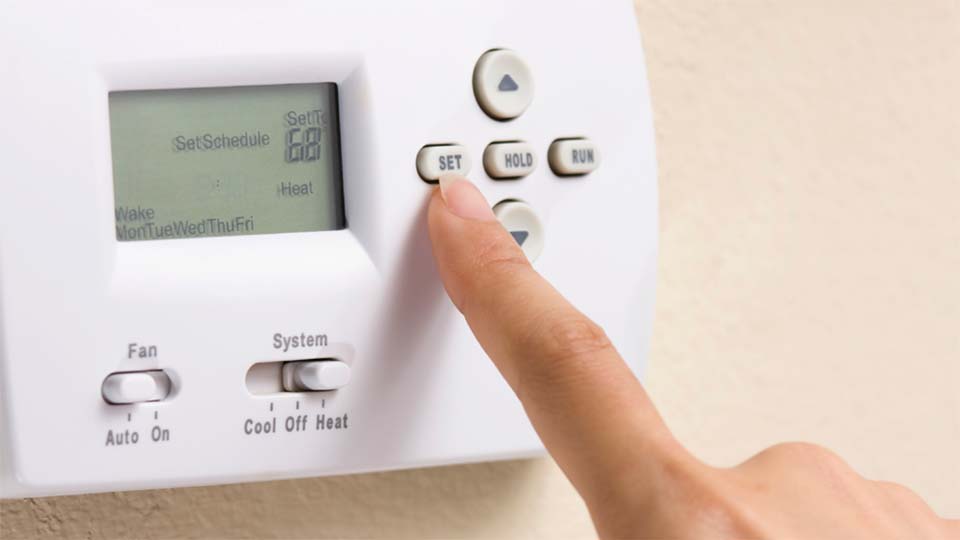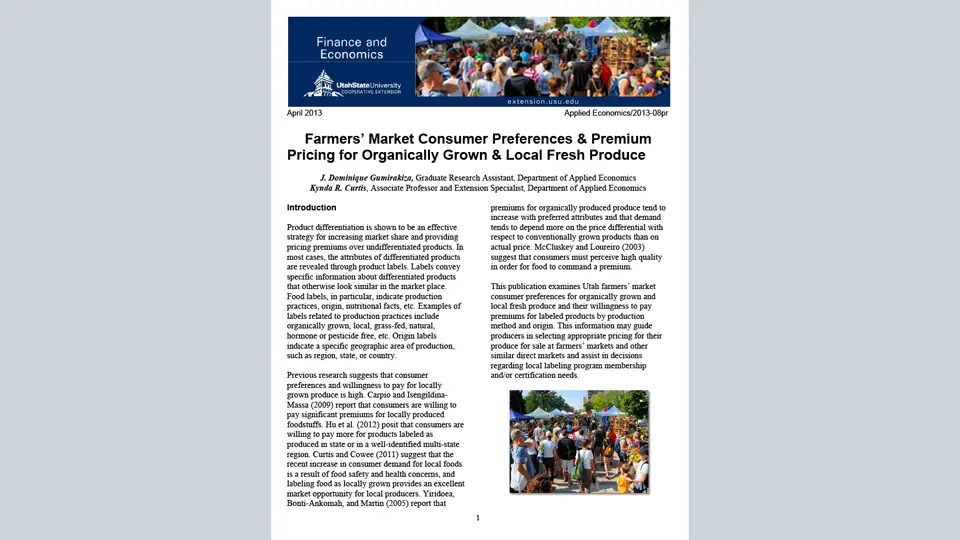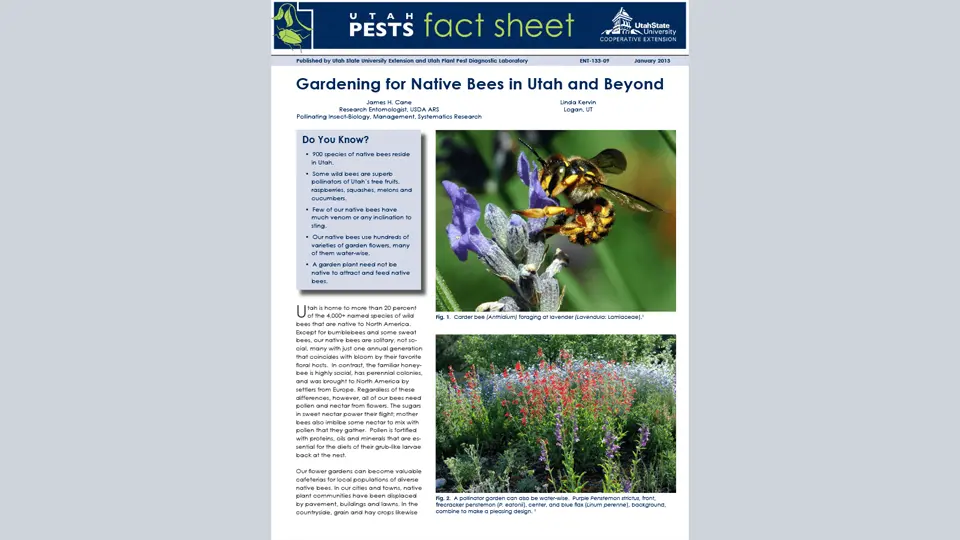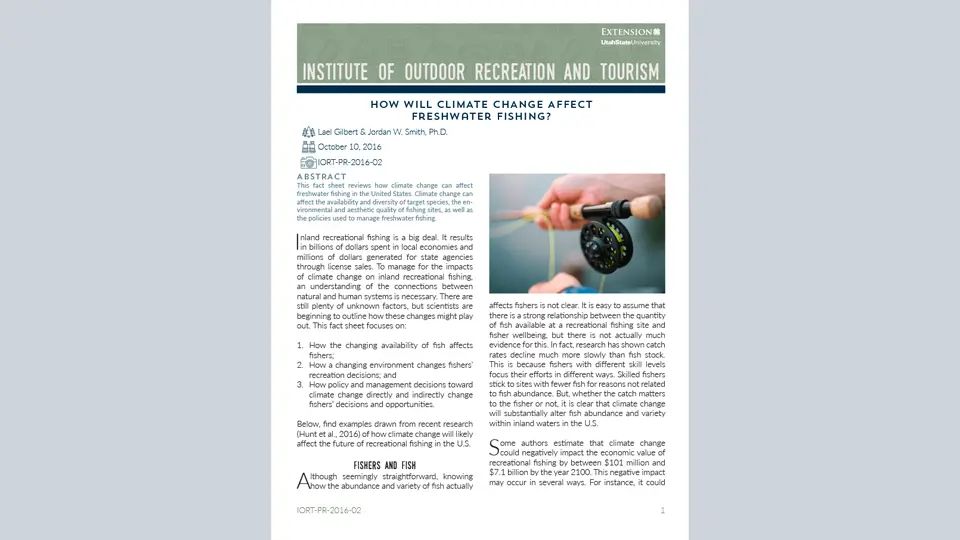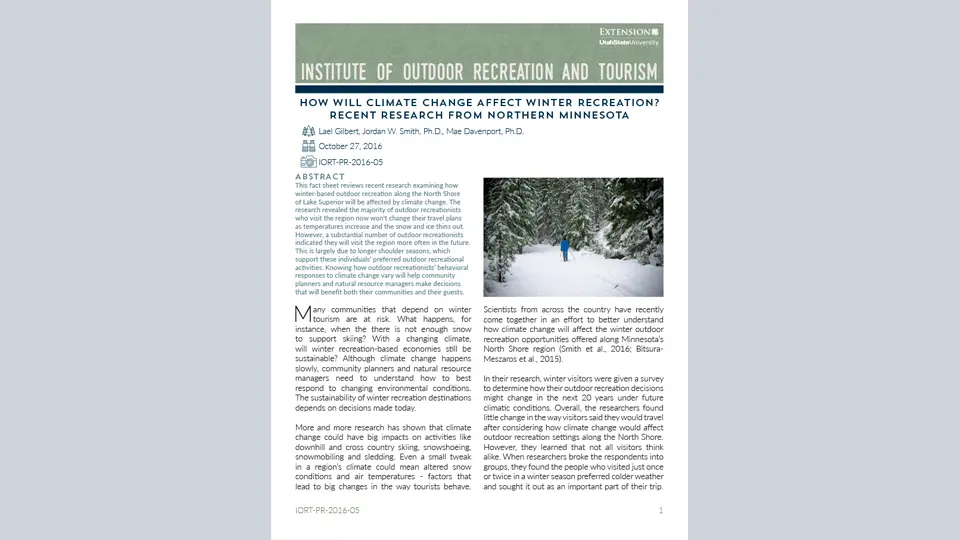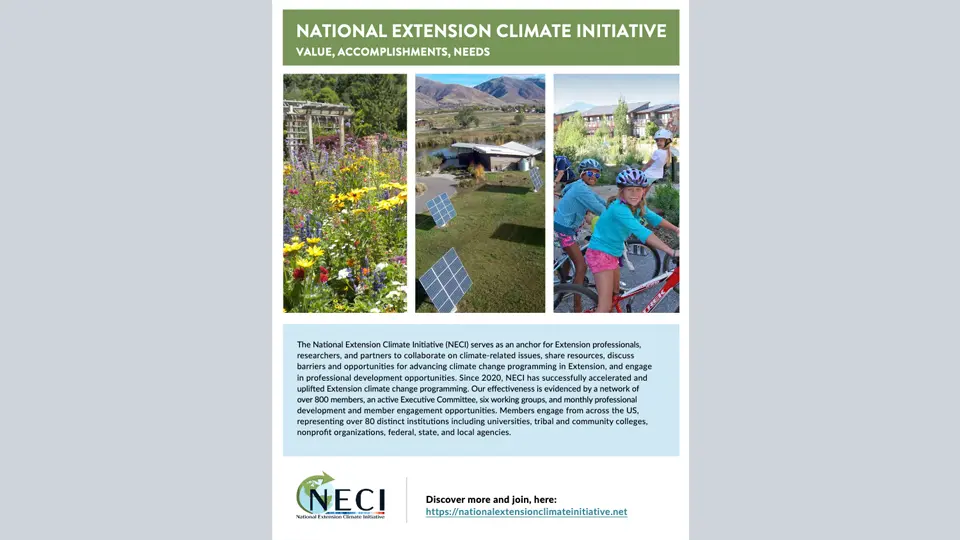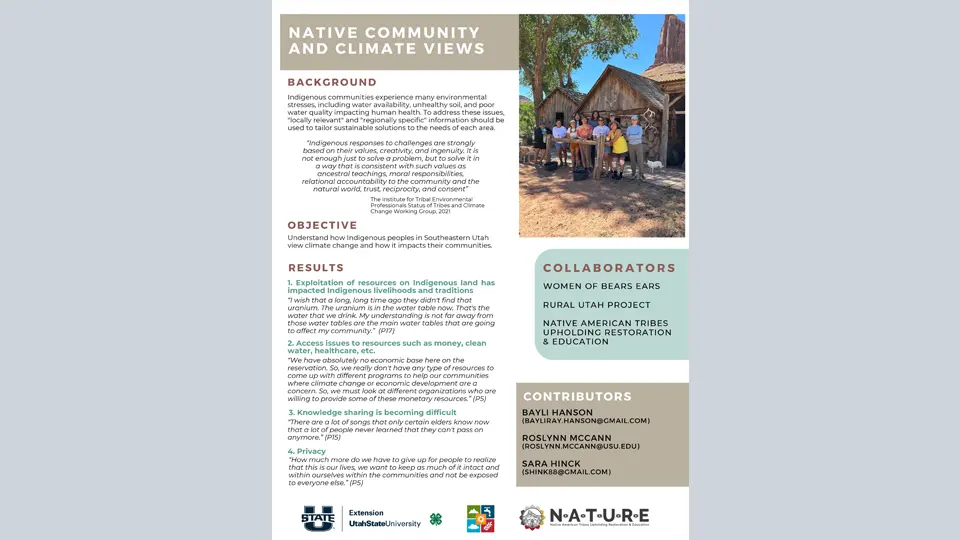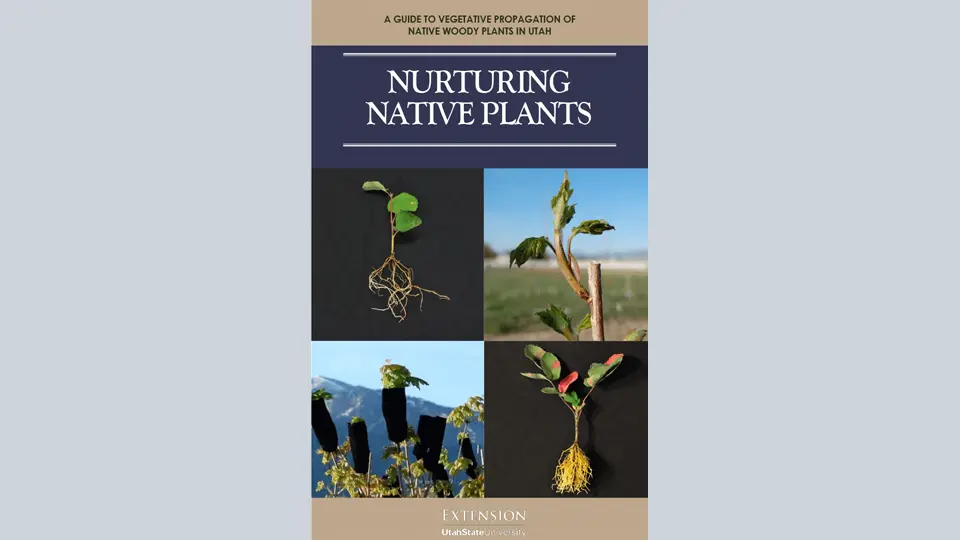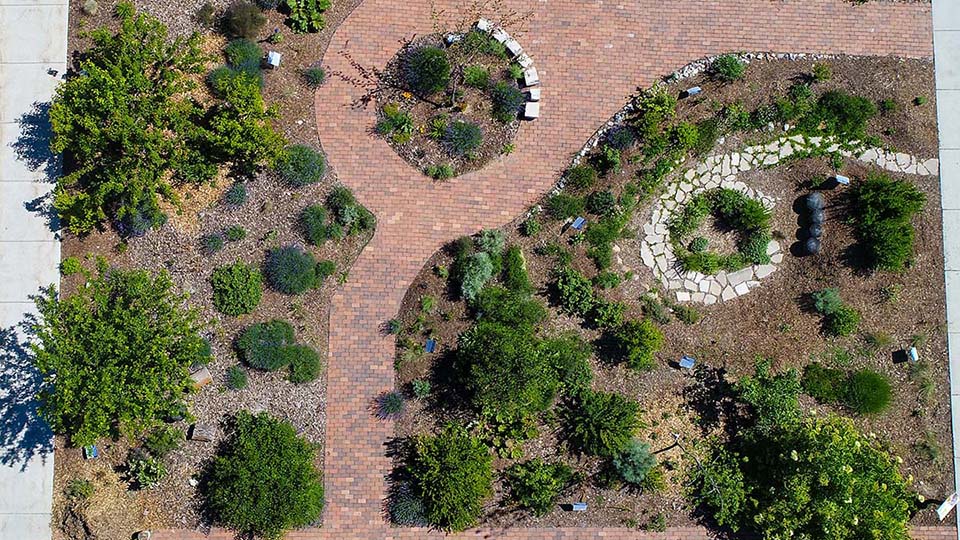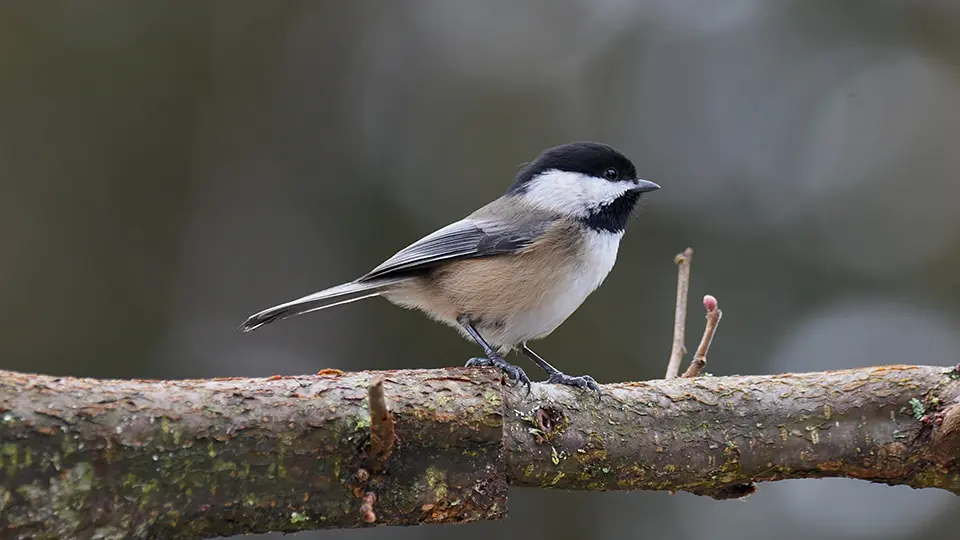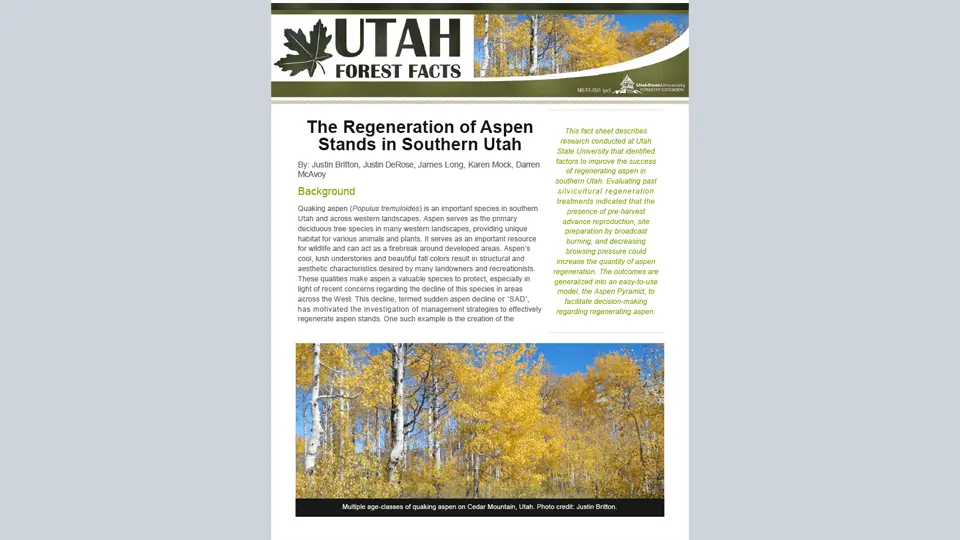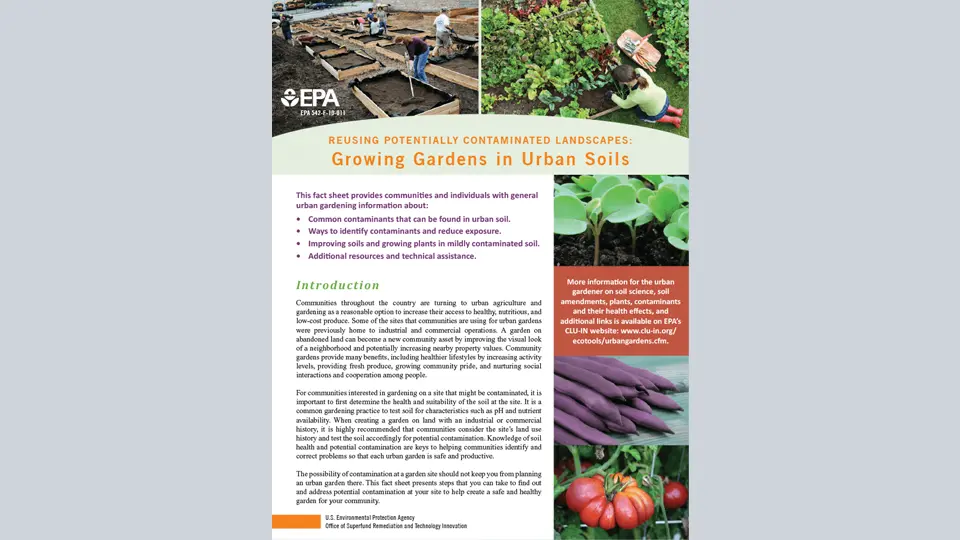Wind Power in Utah

What Is Wind Power?
Among renewable energy resources, wind power is the “most mature” (Leung & Yang, 2011) and “cost effective” (Bolinger, 2013). People have been using wind power for over 3,000 years and have been generating electrical power from wind for approximately 120 years (Leung & Yang, 2011).
For more than a decade, wind energy has been the fastest-growing energy technology in the U.S. and the world (Bureau of Land Management, 2013). A U.S. Department of Energy study estimated that the U.S. could procure 20 percent of its electricity from wind by 2030 (U.S. DOE, 2008). Indeed, some states such as Iowa and South Dakota are already exceeding this percentage of electricity produced from wind.
How Does Wind Generate Electricity?
To understand the operations of a wind turbine, think of your average household fan. Instead of using electricity to create wind, the turbine harnesses wind to create electricity. The wind spins the blades, which causes a shaft to turn. This shaft is connected to a generator and creates electricity. This stands in contrast to traditional fossil-fuel sources of electricity where coal or natural gas is burned to boil water into steam to turn turbines.
There are two general types of wind turbines: the horizontal axis design and the vertical axis design. The vertical axis turbine is somewhat eggbeater shaped and has very low commercial deployment, while the horizontal axis turbine typically has two to three blades and operates facing the wind (U.S. DOE, 2013).
Why Utah?

A 2009 Utah Renewable Energy Zone Taskforce estimated that the state could produce over 9,000 megawatts of wind energy (sufficient to power over three million homes), with about 2,500 megawatts of developable wind energy near Milford, Utah (Berry et al., 2009). One of the most significant barriers facing wind power development, however, is the need to transport wind generated power from remote locations to populated communities. The construction of transmission power lines is expensive and often faces significant siting barriers across private and public lands. The location of about 80% of Utah’s population centers along the foot of the Wasatch Front mountain range near reliable and predictable canyon winds providing prime opportunities for wind power generation and efficient wind energy distribution.
Utah’s first wind power project at the mouth of Spanish Fork Canyon illustrates the viability of this approach to wind power development. The development of wind farms at the mouths of various canyons along the range could provide “urban wind” power directly to local communities without the need of lengthy transmission lines (Hartman, Stafford, & Reategui, 2011).
Community Benefits
Having access to urban wind power provides many economic, social and environmental benefits to surrounding communities.
Economic and Social
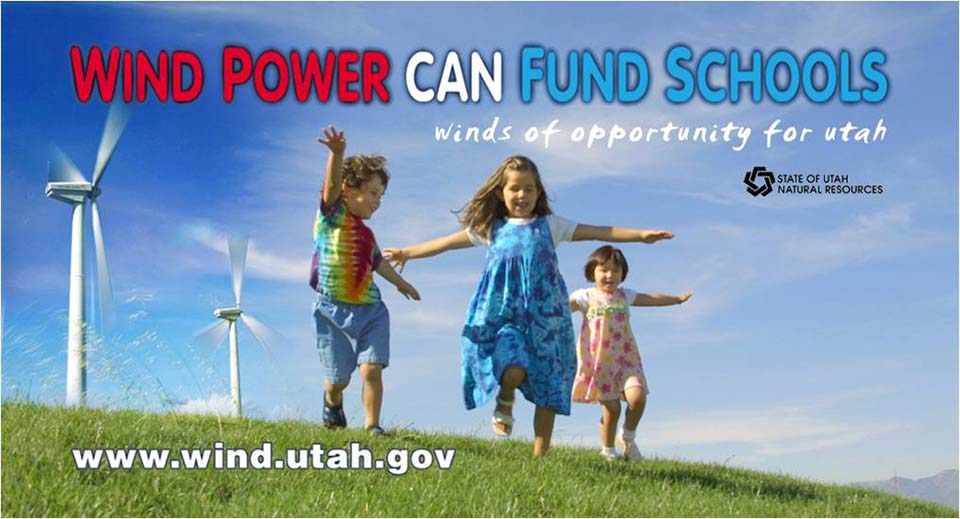
Wind power offers energy price stability. While the current cost of non-renewable energy – such as coal and natural gas – fluctuates due to global political and market pressures and fuel availability, the cost of wind power to utility companies remains consistent and predictable (primarily because the generation of wind power does not rely on price-volatile fuels). “On average and in real dollar terms, wind power will cost...no more (and even slightly less) in 2031 than it does today” (Bolinger, 2013, p. 8). As utilities diversify their energy resources with wind energy, they have an opportunity to pass wind energy’s price stability onto their customers.
Jobs are another benefit. With the growing demand for wind power in the U.S., the American Wind Energy Association estimates the need for 80,000 “new highly-trained wind technicians” (2011b, p. 1) in the next twenty years to manage and operate wind turbines. These operators may manage the replacement and repairs of worn turbine components, which are typically repaired or replaced every 5-15 years. In addition to new operating jobs, the manufacture of wind turbines in the United States is expected to grow; between 2005 and 2009, the manufacture of wind turbine components nationally grew eight-fold (American Wind Energy Association, 2011a).
There is a growing demand for domestic supply chains – in areas such as power transmission, electrical, structural, and material components – to provide for the over 8,000 components needed to construct wind turbines. These supply chains could provide many new jobs throughout the country as well.
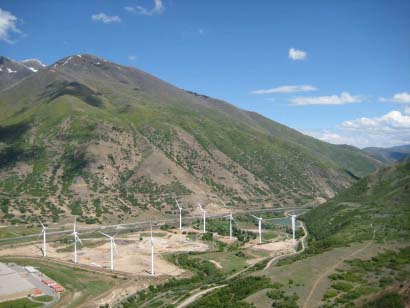
Additionally, property taxes generated from wind power development contribute toward funding for local schools. For example, the property taxes generated from the Spanish Fork wind project – the first commercial wind power project in Utah – caused an approximate $75,400 increase in school funds from the property taxes generated on the site (Hartman, Stafford, & Reategui, 2011). Finally, landowners can receive lease payments by hosting wind turbines on their properties.
One of the most significant challenges facing wind energy is policy. The federal Production Tax Credit, an incentive offered to developers after the construction of wind projects, has often expired and then renewed, resulting in ‘boom and bust’ cycles in the industry’s development. The unpredictability of policy has created added risks for wind energy investors and for the supply chain. By contrast, incentives and subsidies for fossil fuels rarely expire, creating a more predictable, lower risk business environment for making investments. Wind energy advocates are seeking to level the playing field by establishing a more predictable policy environment.
Environmental
The operation of wind farms does not require the burning of fossil fuels, and therefore has the potential to improve Utah air quality. Additionally, wind energy doesn’t use water to produce electricity, making it an effective energy source in desert states with limited precipitation. Fossil-fuel generated electricity and nuclear power often compete with agriculture for water resources. Consequently, wind development is generally compatible on land with existing farming and ranching.
Common Wind Power Myths

-
“My property value will decrease if it is near a wind farm.”
Often, residents are concerned with decreasing residential property values after the construction of nearby wind farms. These concerns are based on worries regarding obstructed views, unwanted noises, or shadows. However, studies show that there is no decrease in property values in communities near wind farms. In one major study by the U.S. Department of Energy, homes within existing study areas near wind power development did not suffer from sales complications during any point in the construction of the surrounding wind farms (Sethi, 2011). -
“Because wind is intermittent it threatens the reliability of the electric grid.”
Wind can be variable, but utilities manage demand variability already and with more operational experience and improvements in modeling and forecasting, they can integrate higher and higher percentages into the portfolio. Utilities model wind’s impact on the system prior to construction and have operational and infrastructure strategies to mitigate and manage the issue. On average, however, wind changes tend to be gradual and predictable, allowing operators to counter wind decreases successfully with other supplies of electricity, such as natural gas. During a Texas heat wave and a cold snap in 2011, wind power provided energy when fossil-fuel plants failed (American Wind Energy Association, 2012). -
“Wind takes too much land to make much of the nation’s energy.”
Wind energy appears to be economically and technically capable of accommodating 20 percent of the U.S. electricity sector by the year 2030. This can be accomplished within a footprint less than the size of Anchorage, Alaska. Additionally, only 2-5% of this land is required for the turbines alone; the rest of this land can be used for its original purposes, such as ranching, farming, and recreation (American Wind Energy Association, 2012). -
“Wind turbines are killing birds at an alarming rate.”
The wind industry has worked proactively with federal agencies and environmental stakeholders to mitigate bird and wildlife deaths. Less than two percent of human-caused deaths of golden eagles, for example, occur at modern wind projects, far lower than other causes, including lead poisoning, poisoning in general, electrocutions, collisions with vehicles, drowning in stock tanks, and illegal shootings. The American Bird Conservancy reports that bird mortality from wind turbines, ranging from 100,000 to 440,000 annually, is a small fraction compared to other structures. For example, 4 million to 50 million birds are killed by collisions with communications towers; 10 million to 154 million are killed by collisions with power lines; 10.7 million to 380 million are killed by collisions with vehicles and roads; and 100 million to 1 billion are killed by collisions with glass buildings (American Bird Conservancy, 2013).
References
- American Bird Conservancy. (2013). Birds and Collisions. Retrieved from http://www.abcbirds.org/abcprograms/policy/collisions/index.html
- American Wind Energy Association (2011a). Wind Turbine Manufacturing and Supply Chain. Retrieved from http://www.awea.org/learnabout/publications/upload/Manufacturing-SupplyChain_1-pager.pdf
- American Wind Energy Association (2011b). Wind Turbine Operations & Maintenance. Retrieved from http://www.awea.org/learnabout/publications/upload/O-M-PPR_1-pager-3.pdf
- American Wind Energy Association (2012). The Truth About Wind Power, 2nd Ed.
- Berry, J., Hurlbut, D., Simon, R., Moore, J., & Blackett, R. (2009). Utah Renewable Energy Zones Task Force: Phase I Report. U.S. Department of Natural Resources: Utah Geological Survey, http://www.energy.utah.gov/renewable_energy/docs/2009/Jan/mp-09-1low.pdf
- Bolinger, M. (2013). Revisiting the Long-Term Hedge Value of Wind Power in an Era of Low Natural Gas Prices. Ernest Orlando Lawrence Berkeley National Laboratory. Retrieved from http://emp.lbl.gov/sites/all/files/lbnl-6103e.pdf
- Bureau of Land Management. (2013). Renewable Energy and the BLM: Wind. U.S. Department of the Interior. Retrieved from: http://www.blm.gov/pgdata/etc/medialib/blm/wo/MINERALS__REALTY__AND_RESOURCE_ PROTECTION_/energy/solar_and_wind.Par.38552. File.dat/Wind_12_2012.pdf
- Hartman, C. L., Stafford, E. R., & Reategui, S. (2011). Harvesting Utah’s Urban Winds. The Solutions Journal, 42-45, 47-50.
- Johnson, C. (2009, February 28). How a Wind Turbine Works. Retrieved from The World as a Computation: http://claesjohnsonmathscience.wordpress.com/article/how-a-wind-turbine-works-yvfu3xg7d7wt-27
- Leung, D. Y., & Yang, Y. (2011). Wind energy development and its environmental impact: A review. Renewable and Sustainable Energy Reviews, 1032-1038.
- Sethi, G. (2011). Overcoming Wind Resistance: Do Wind Farms Affect Residential Property Values? The Solutions Journal, 46(2).
- U.S. Department of Energy. (2008). 20% Wind Energy by 2030: Increasing wind energy’s contribution to U.S. electricity supply. Retrieved from: http://www.20percentwind.org/20percent_wind_energy_report_revOct08.pdf
- U.S. Department of Energy. (2013). Wind Program: How Do Wind Turbines Workd? Retrieved from U.S. Department of Energy - Energy Efficiency and Renewable Energy: http://www1.eere.energy.gov/wind/wind_how.html
May 2013
Utah State University Extension
Peer-reviewed fact sheet
Authors
Whitney May, Roslynn Brain, & Edwin Stafford
Departments of Environment & Society and Management
Related Research




